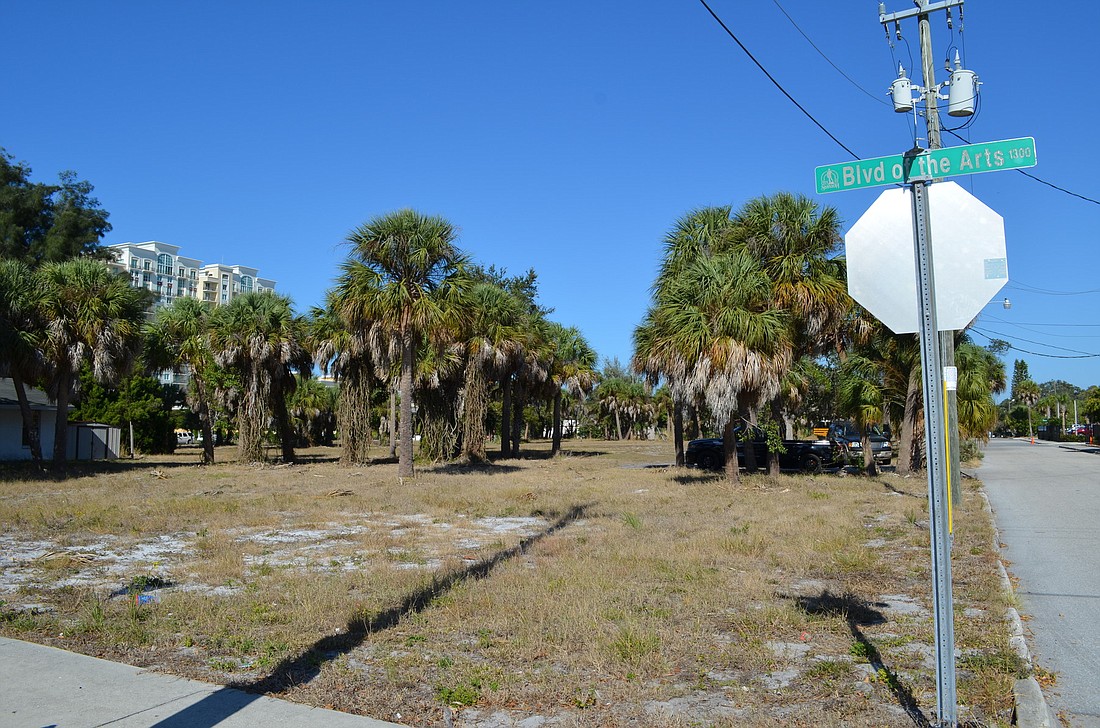- October 19, 2022
-
-
Loading

Loading

Proponents of increased density in the Rosemary District may get their wish next year, as the city has begun to consider a proposal that would allow developments in the neighborhood to establish more housing units.
The proposed Rosemary Residential Overlay District, discussed at a Dec. 18 Development Review Committee meeting, would not increase the overall number of dwelling units in the area. Although the district would still have a maximum of 25 housing units per acre on average, individual developments would be allowed to have up to 75 units per acre.
The proposal for higher density came almost a year after a city meeting that saw business and property owners suggest raising the density limits in the Rosemary District to attract redevelopment. Since then, under the guidance of City Manager Tom Barwin, the city has been weighing that as an option for sparking activity in the area.
The impetus for the overlay district didn’t come from the city, though. Rosalyne Holdings, LLC, is planning on developing apartments on 6.2 acres in the Rosemary District. The property, which sits on Cocoanut Avenue between Boulevard of the Arts and 10th Street, would be able to house 155 units under the current regulations.
The company, seeking to develop market-rate rental apartments, wanted to build somewhere between 450 and 500 units, instead. The apartments, further details of which are still undetermined, would be targeted toward people who work, live and shop in the Rosemary District and downtown, according to Bill Merrill, a land use attorney representing Rosalyne Holdings.
After working with the city for the past three months, the idea for the Rosemary Residential Overlay District was formed. Merrill said the proposal would be beneficial for more than just the development group.
“There are commercial uses (in the Rosemary District), but they really need to have a residential base to work from,” Merrill said. “Increasing the density can work to put that more urban, residential feel that really, everybody has always envisioned, but nobody's done anything about it.”
Karin Murphy, director of the city’s Urban Design Studio, said residents of the Rosemary District had expressed an interest in increased density, but an uncertainty about what that would look like in practice was a leading concern. Merrill and Murphy said the proposed overlay district would have no change on any of the design standards in the area, including the five-story height limit.
Murphy praised Rosalyne Holding’s proposal, and said the city should look to act so it doesn’t miss out on a good development. Still, she said there were drawbacks to creating overlay districts, and that she would prefer the city eventually take a more holistic approach at looking for appropriate areas for increased density.
“I would say the downside is — and this is just me personally — there are some properties that are great for a density bonus, like this one.” Murphy said. “It doesn't mean that necessarily everyone would be.”
Ian Black Real Estate sales associate Steve Horn pointed to the density limits as a reason why so much vacant land existed in the Rosemary District, which has not developed as quickly as the city hoped it might. If the density cap were raised, he said, the area would “blow up.”
“To me, we're handcuffed with the density,” Horn said. “Unless the city decides to increase the density, I doubt we're going to see much development, even though it's ripe for development.”
Before gaining approval, the Rosemary Residential Overlay District will have to go through a series of public hearings and be submitted for state approval. David Smith, general manager with the city’s Neighborhood and Development Services department, said the plan could be finalized around September if it receives support.
In Merrill’s eyes, the overlay district should get that support — not just for the good of the proposed development, but for the Rosemary District as a whole.
“We think it's a fantastic economic development tool that can be added for the Rosemary District, which would also benefit downtown and the city as a whole,” Merrill said. “We believe in it, and we believe in the project that would come out of it.”